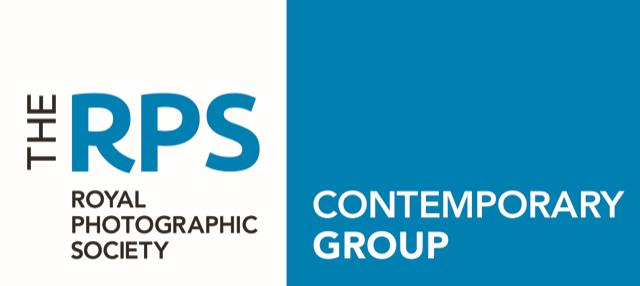
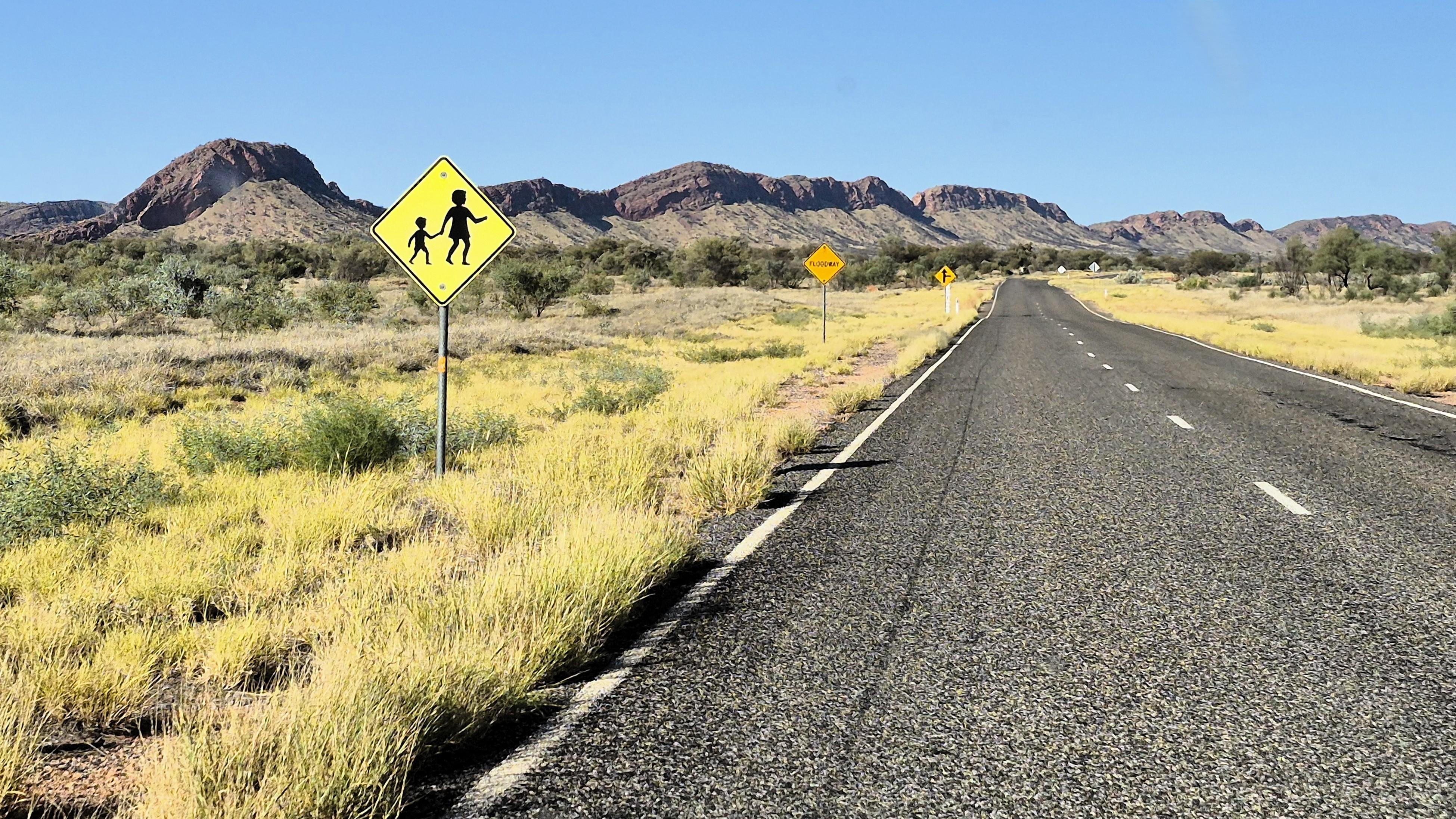

















provides a platform for contributors to our monthly meetings to display the work they have shared. Contributors have curated their own images and provided the accompanying text making this a collaborative group venture.


21st June 2025 - Meeting held via Zoom
Chaired by Patricia Ruddle
Contributors:
Donata Rogozik
Michel Claverie
Andrew Hersom
Morris Gregory
Avijit Datta

Last spring, I visited Chicago for the first time to see my friends. I went with an open mind and was excited to explore the city. Taking photos in a new place can be tricky—everything feels unfamiliar, and the weather doesn’t always co-operate. I had to work with cloudy skies and limited time, but I really enjoyed capturing the feel of the Windy City.
If I had to sum up Chicago in one word, I’d say calm. Maybe it was the wide-open spaces, the lake with its reflections, or the peaceful parks. Even the towering skyscrapers felt welcoming—almost like oversized toys. I wanted to show that quiet, timeless mood in my photos.
I edited the images using Snapseed and took them on both my Nikon and my iPhone. We’ll see what face the city reveals the next time I visit…













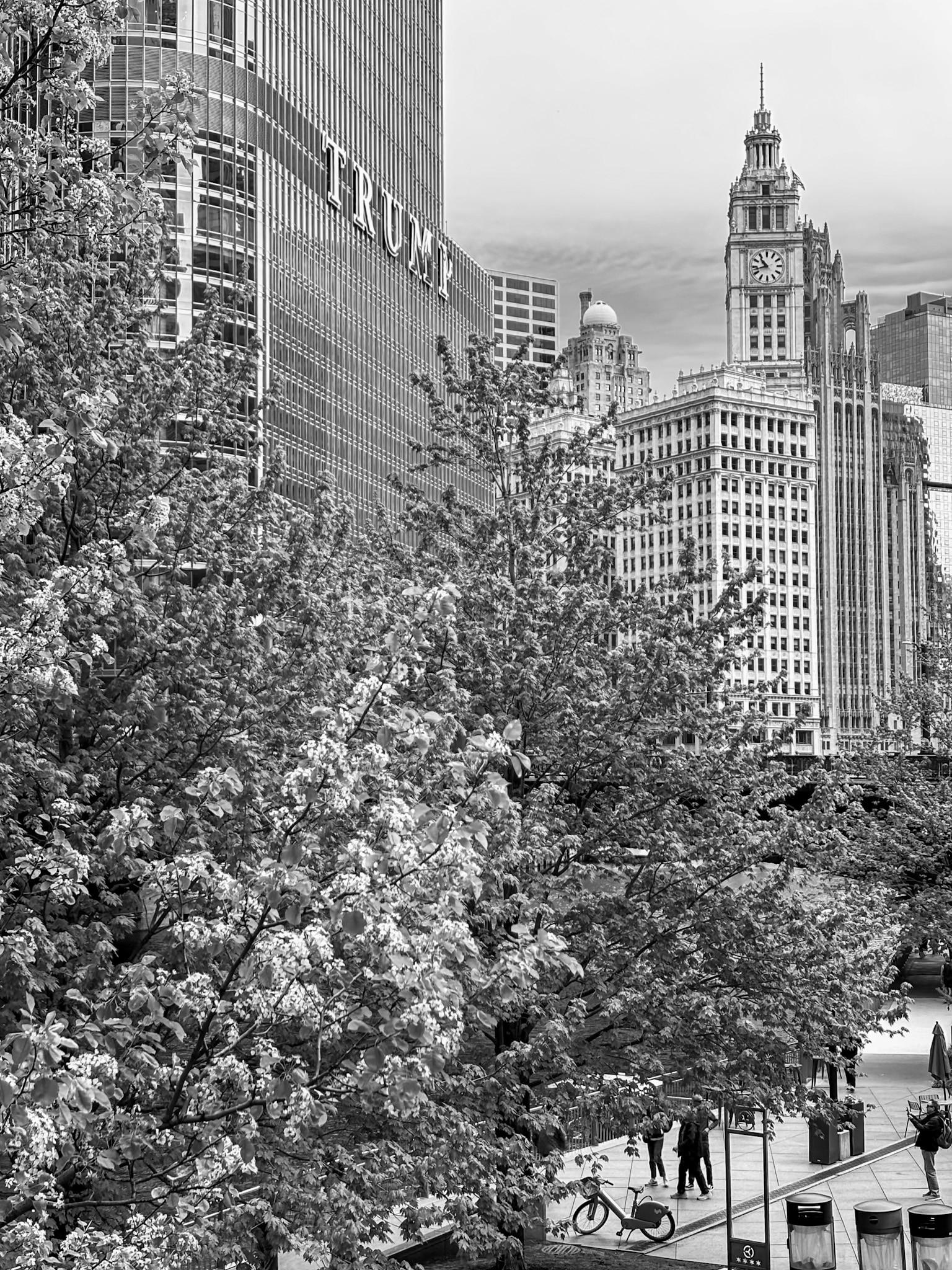





If like me, you hate rambling in other people’s prose, you should go straight to the photos. The text does not provide essential insight on my motivations, and the locations are described in the captions anyway.
My daughter, a primary school teacher, needs to be in Alice Springs in three days to prepare material for her class, in between plans for a camping trip, evening parties and showing me around the town and surroundings. So, we are on a tight timeline to drive the 100,000 km Subaru Forrester she bought a few days ago. We have two and a half days to drive the 1,500 km from Adelaide to Alice Springs.
It's not a big deal for the locals, apparently. Truck drivers ride their road trains along that route in one long day, a Greyhound bus takes only 18 hours with one change of driver, and most Australians think nothing of driving several hundred kilometers for a quick visit down the road.


Then you think, since we are taking much longer than strictly necessary, this trip is an easy opportunity to document our route and experience. But it is not quite so. A road trip on a schedule suffers from the dual tyranny of access and time. One gets limited access to the landscape for the people behind the window of a car running at 130 km/h. In the Northern Territory long distances require steady driving over long hours. The road trip traveller on a schedule also does not get to select picture times for best light; instead, especially in January’s summer, she/he mostly experiences the harsh light of the overhead sun (On est sous le soleil, exactement, sang Serge Gainsbourg…). One tends to drive long distances during the inhospitable midday hours and to explore the day’s destination in the softer light of the late afternoon. At that time, the local inhabitants may also come out of their homes to socialize in the cooler temperatures.
Preparing for the trip, unless you are under 30 years old, involves some planning and research but most photo opportunities are still unexpected. There are few advertised landmarks along the road, and like Tour de France riders, you wait a long time for them and then they pass you by in a flash: a salt lake, a decorated parking lot shed; some unusual vegetation; a roadside petrol station and café... Documenting a road trip in the outback is like being on a very long street photo walk. You need to be on edge with your camera ready to go, and shoot without looking in your viewfinder while holding your breath and compensating for the road bumps. If you stop at a landmark, improvisation and speed are still required, as you cannot spend very long when you need to reach your destination hundreds of kilometers away before the sun sets.


Long distance driving involves contrasting mindsets. In the morning, you want to forget about the long drive ahead of you, because the morning is the best period of the day and you should enjoy it. You are rested, the air is cool, your petrol tank is full, you just had coffee, and you know that you will see and photograph great stuff.
Then, as the day progresses, the heat implacably rises to 40 deg. C and the air conditioner in your 100,000 km car shows its age. You enter the most difficult part of the day, when you become anxious about reaching your destination before late afternoon - when the kangaroos start hopping across the road and the road trains look faster and more menacing. During that period, you need to concentrate on driving the car, only interrupted by regular stops at empty roadside parking lots to refill your petrol tank. That period may last until you are approximately 100 km from your destination. That third period of the day is the best, on par with checking into your evening accommodation. You congratulate yourself on being such a great traveller and that the distance was shorter than you expected.

However, don’t lose your concentration - reduce your speed when you get to your destination, especially if it has crept up beyond 130 km/h. As each day passes, your confidence in the car grows and the anxiety to reach the next stage before sunset recedes. In fact, the last and longest leg of the trip may be the most relaxed and enjoyable.



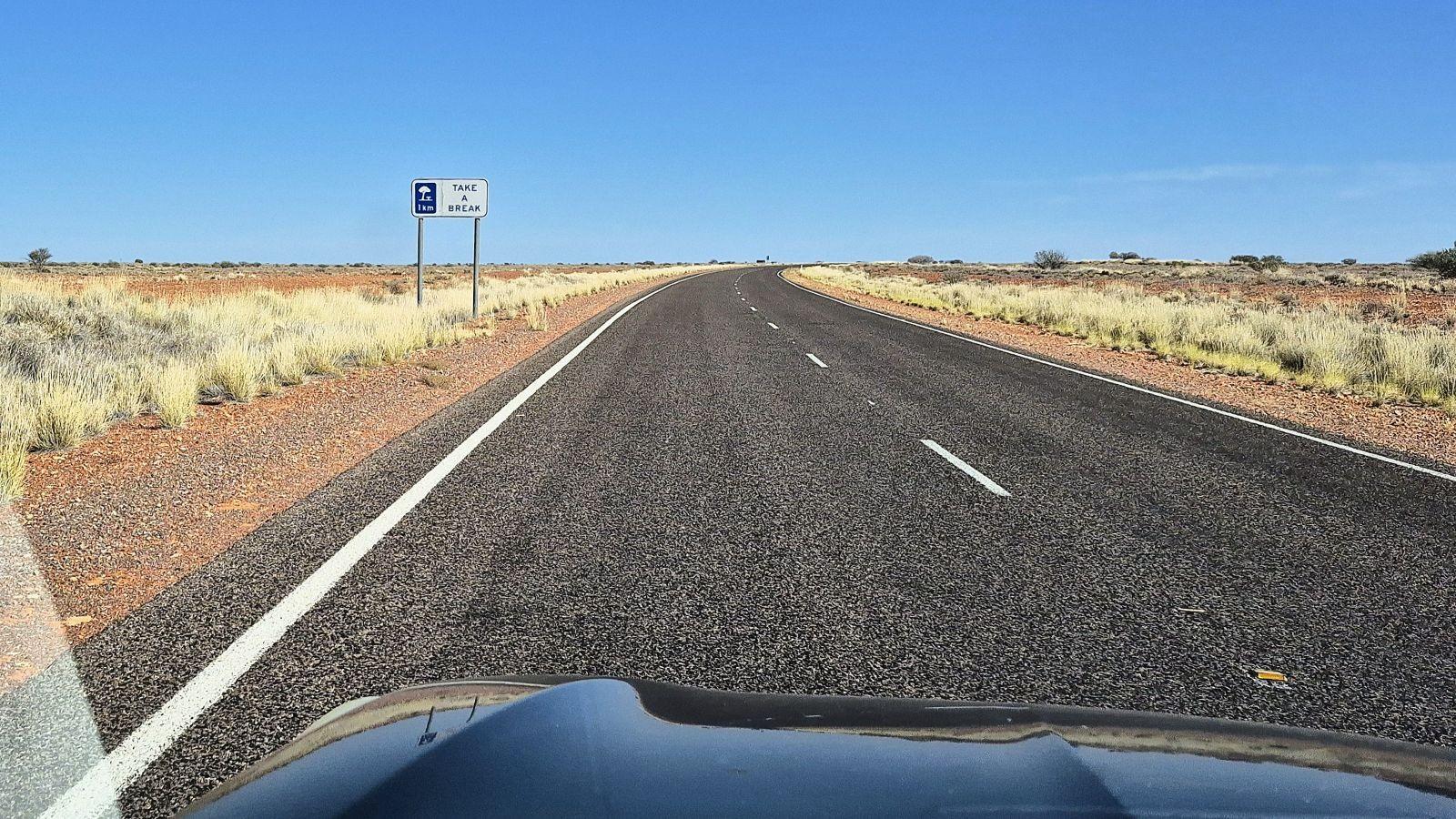



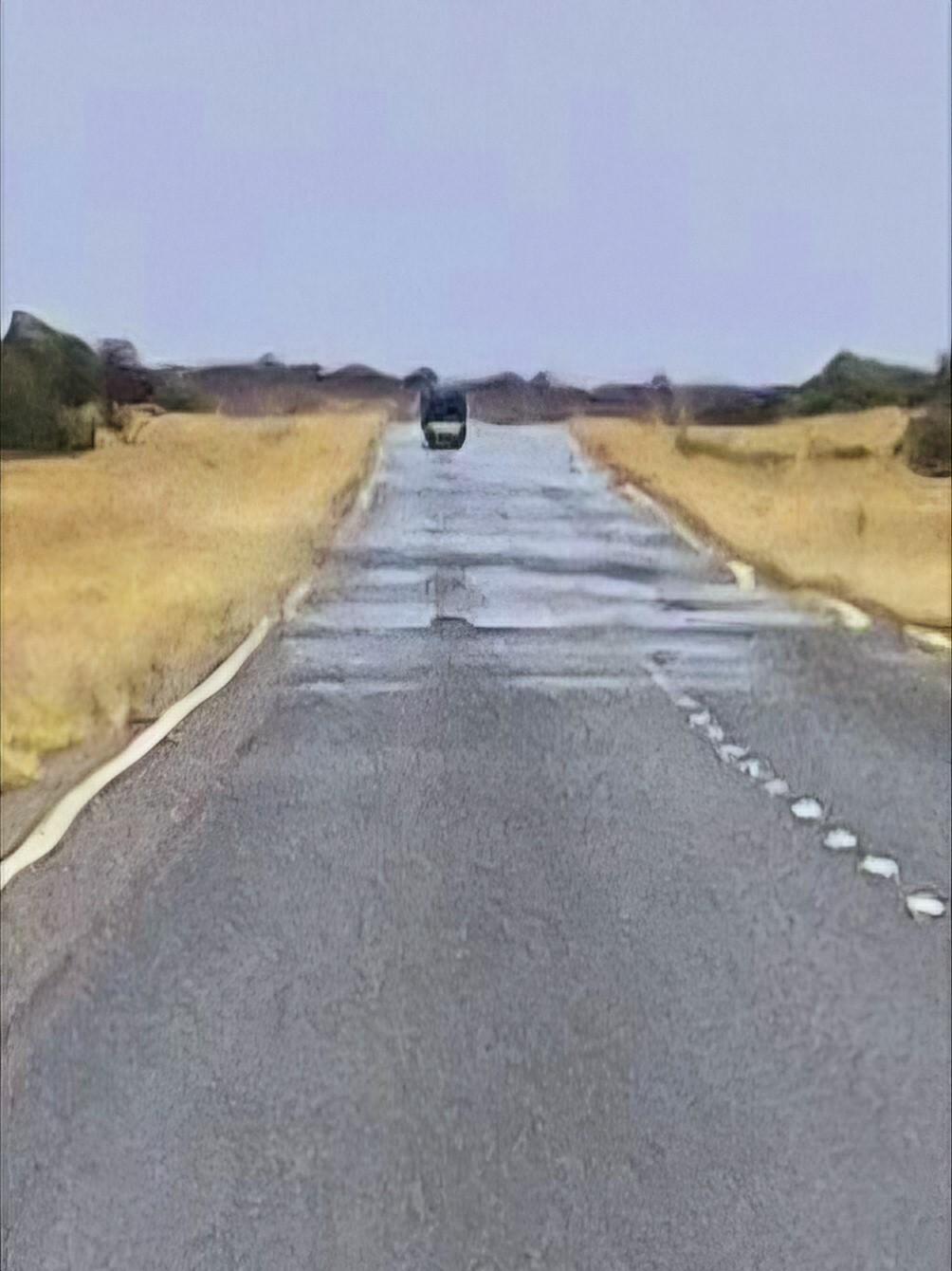

Stuart Highway, South Australia



On that day when you cross the border between South Australia and the Northern Territory, the road becomes picturesque, winding around shallow red rocky hills and lined with thick yellow grass and small green trees. Congratulations. You have made it to Alice Springs and may now refer to it as Alice. You have earned it.
A road trip to Alice Springs is a long drive through a big empty country. Indeed, the back country is big and mostly empty. But the occasional stunning glimpses of light, landscape and life observed along the way will delight you.









My images were taken during a local camera club outing to an evening football match. When it got too dark to capture sharp photographs I took a series of intentional camera movement pictures, mostly at 1/2 sec.










With Bradford being the UK City of Culture 2025 a few of us (Harry Silcock, Avijit Datta, Mark Waddington and Morris Gregory) had an afternoon there to explore elements of its culture photographically. As culture encompasses a huge range of behaviours, activities and beliefs there was ample scope for individual interpretation. Bradford Interchange rail station proved a good starting point with its multi coloured walls acting as a great back drop to the flow of passengers passing through.


Centenary Square was an obvious choice to visit, providing a great location for photos of people and highlighting the ethnic diversity of the city. A few other stops, including an encounter with a hen party, a trip to the cathedral and a wander around the Broadway shopping centre allowed for further exploration of the multi-cultural aspects of the city. My intention is to revisit Bradford and surrounding district a few more times during the year to build on my portfolio of images and experience more of what it has to offer.












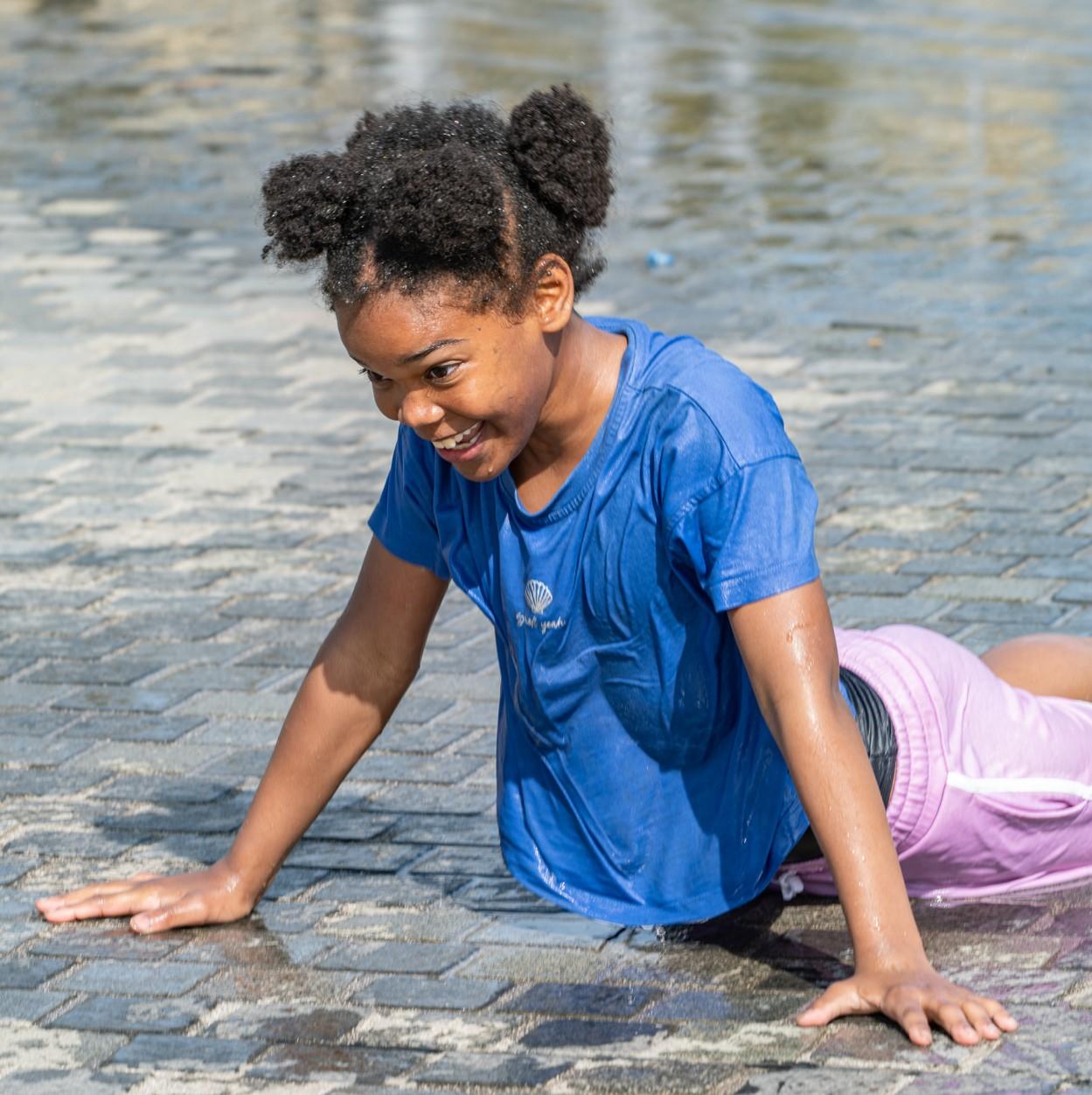

Bradford 2025 is of great interest to me for multiple reasons.
I have been a Trustee of a South Asian performance art charity in Bradford city centre and so knew in some detail the government Department of Culture Media and Sport (DCMS) aims including the Arts Council ‘Let’s Create’ 2020-2030 strategy. Recently I met Dan Bates, ex CEO of Sheffield Theatres and Executive Director of Bradford 2025. He spoke about his vision for the year and the potential legacy. One of the events being performed is The Railway Children, from E Nesbit’s novel. The play will be performed in Keighley station and on the tracks where the book was set. It was first performed at York Theatre Royal (YTR). I had been a Director of YTR for eight years and so knew the artistic director, Damien Cruden well; Damien is directing the new performance of the play in Keighley.
Mary Dowson is a Trustee of Bradford 2025. She is also Director and Co-Founder of Bradford Community Broadcasting. I was therefore pleased to join other members of Contemporary North to be shown around Bradford by Mark Waddington whose home town was Bradford before an illustrious BBC journalism career. Mark introduced me to Mary.


Street Art by Skety celebrates Andrea Dunbar the playwright who wrote about the sexual adventures of teenage girls living in a run down area of Bradford (drawn possibly in part from her own life) in her play Bob and Sue and Rita too. The subject remains topical with the publication of Baroness Casey’s report National Audit on Group-based Child Sexual Exploitation and Abuse.
We arrived at Bradford Interchange ; the station has been decorated with multicoloured squares reminiscent of Mark Rothko.







The iconic Alhambra theatre , owned by the city council and regarded by some as the North of England’s premier touring venue.

A hen party dressed as bees and wearing sunglasses labelled ‘BRADFORD’ juxtaposed with women in burqas in front of the Alhambra.

In front of the Alhambra is City park - Bradford's award winning public space. The Mirror Pool is the largest urban water feature in the UK; a computer plays 100 fountains, laser lights, mist and water effects. Here children enjoy playing in the fountains during a hot sunny afternoon.





Outdoor performances and street art enjoyed by the public including outside concert halls. This shows a devolvement and greater accessibility of culture, consistent with the EDI investment principle of the Arts Council ‘Let’s Create’ strategy.
Our next meeting is on Saturday September 20th at Clement’s Hall, York
Just a reminder that we have chosen Photo Books as our theme for the September meeting.
Thanks to Jim and Wendy for the examples below.






